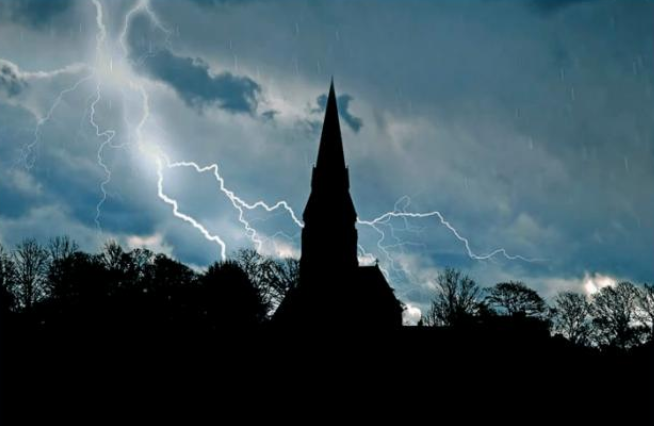Lightning can be a benefit as well as a threat
 To many people the idea of lightning being anything other than a threat to life and property would be unthinkable; but in a recent blog on their website, Nottingham-based Lightning Strike Ltd have pointed out that in many ways lightning can have a positive impact on the natural world.
To many people the idea of lightning being anything other than a threat to life and property would be unthinkable; but in a recent blog on their website, Nottingham-based Lightning Strike Ltd have pointed out that in many ways lightning can have a positive impact on the natural world.
The blogger reveals: “It may seem a strange statement, considering a direct lightning strike can destroy a tree, but it’s what happens afterwards that can benefit the land around it. While spring’s warm temperatures and rainfall both help to boost plants’ growth, bringing the landscape back to life, lightning gives nature an added boost, whatever the time of year.”
It’s all down to what is known as the nitrogen cycle. Nitrogen is essential to plants, which need to absorb it, and lightning generates enough energy to split nitrogen molecules into their constituent atoms so they can be absorbed by plants.
Moreover, when lightning strikes a tree and destroys it, the nitrogen in the tree’s bark is blasted into the atmosphere and helps plants to grow in the surrounding soil. That, the blog informs us, is known as 'atmospheric nitrogen fixation'.
The blog explains: “The plants absorb the displaced nitrogen – a process usually carried out more slowly by algae and bacteria. The intense, sudden heat of the lightning strike causes the nitrogen to bond with the oxygen; creating nitrogen oxides that mix with the rain and watering plants with nitrate-rich rainfall.”
Even the rain that accompanies a lightning storm is healthier for plants than pure water because of the extra nitrogen it carries.
The fact that lightning can have such a beneficial effect on the natural world does not, of course, mean that we shouldn’t do everything in our power to prevent a lightning strike on our homes, businesses or churches – churches in particular are traditionally prone to strikes because of their towers and spires.
Lightning Strike’s blog goes on to relate that it was once thought that ringing church bells would repel lightning – a dangerous practice, they point out, as the metal bells often attracted lightning strikes, killing the bell ringers.
“Between 1753 and 1786, it was reported that 103 bell ringers in France were killed by lightning,” the company reports, “thereafter, the custom was banned.”
Modern systems are, of course, more effective at preventing strikes and Lightning Strike Ltd can provide professional lightning protection systems to reduce the risks – including earthing systems, surge protection and safe strike ESE systems.
For further information visit www.lightningstrikeltd.co.uk













